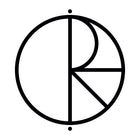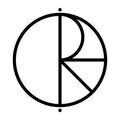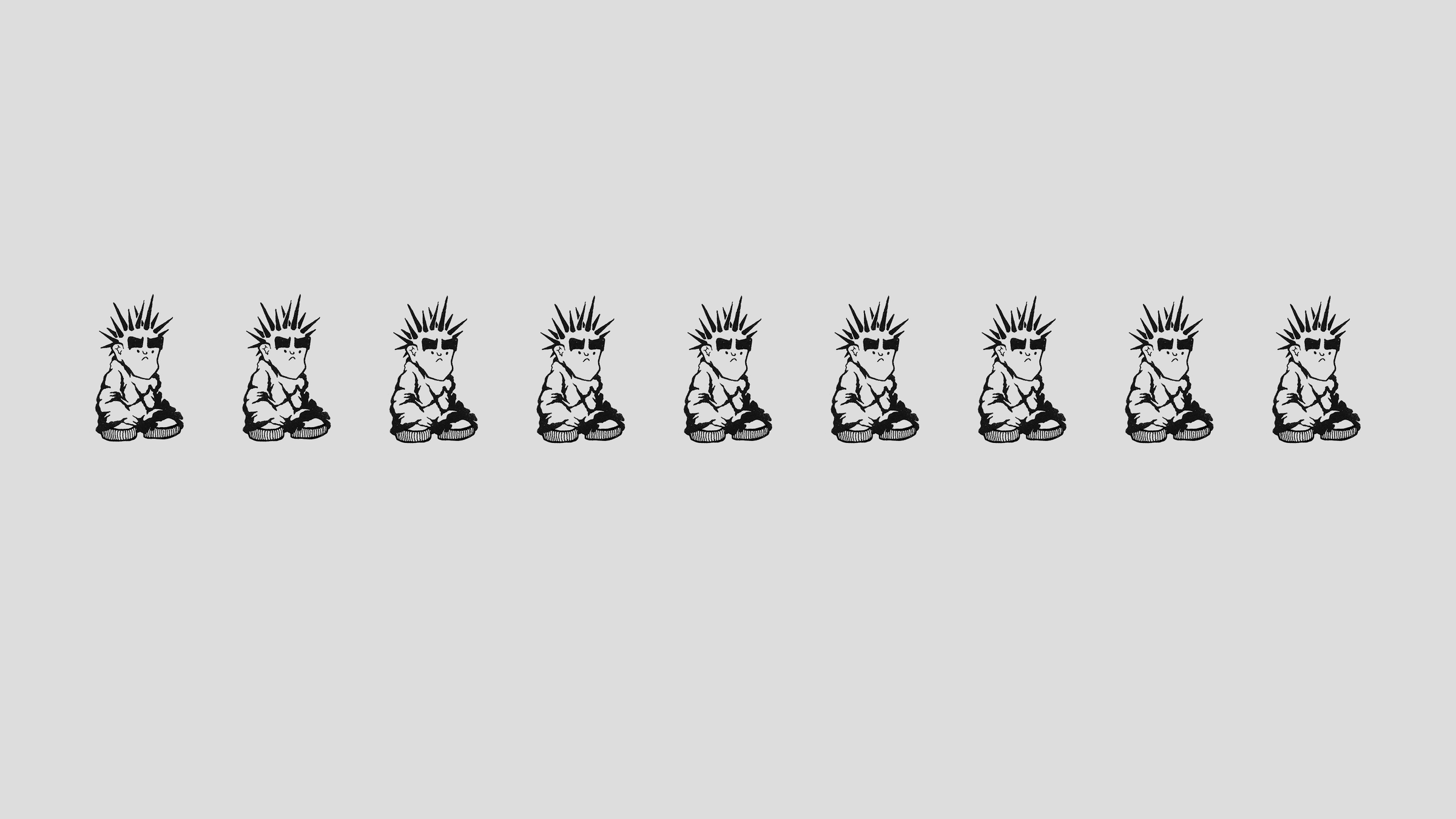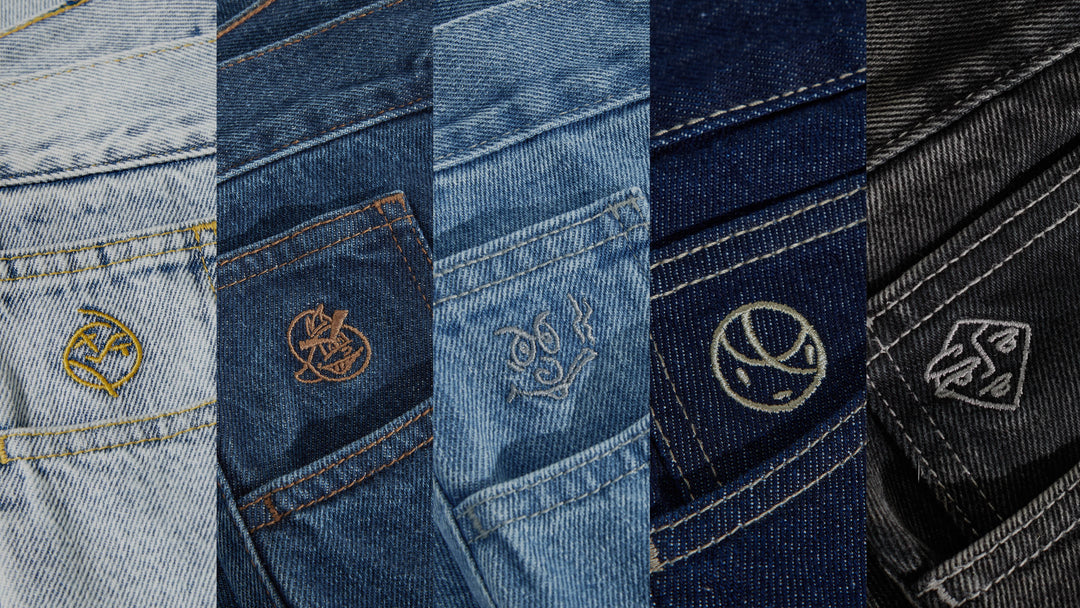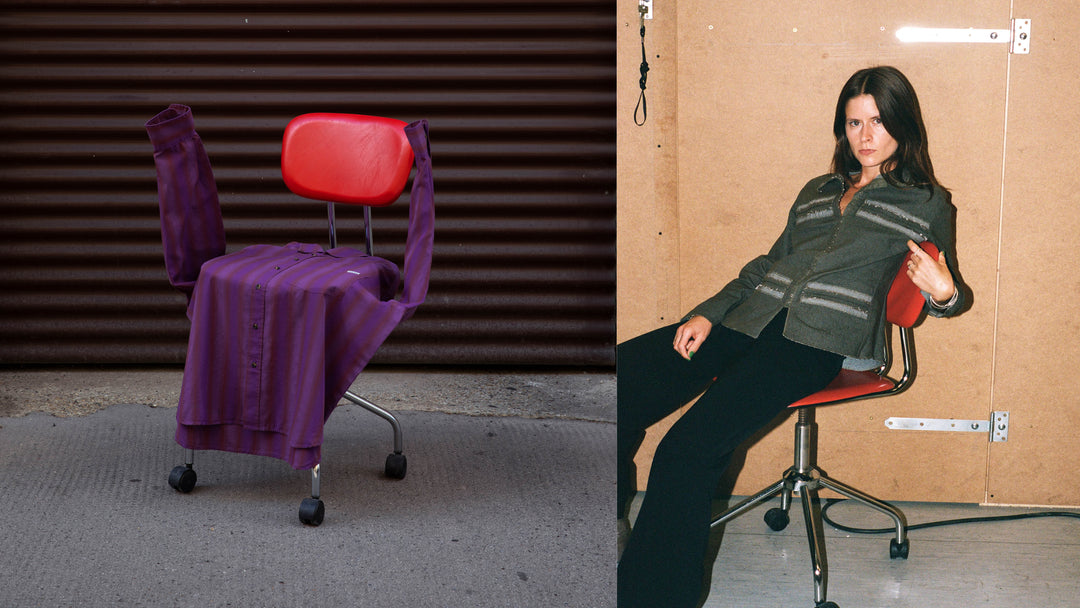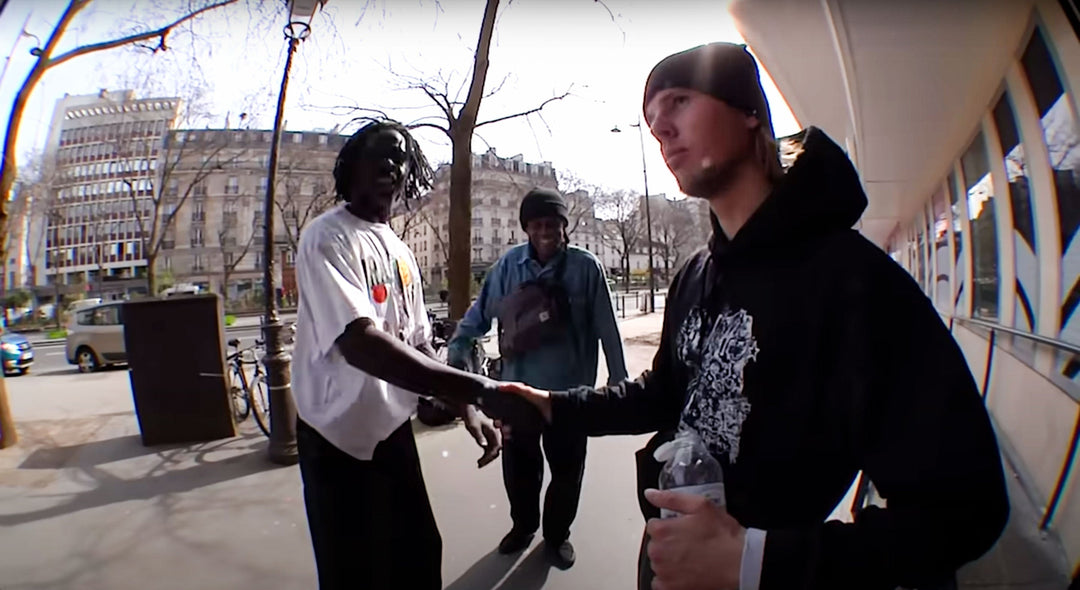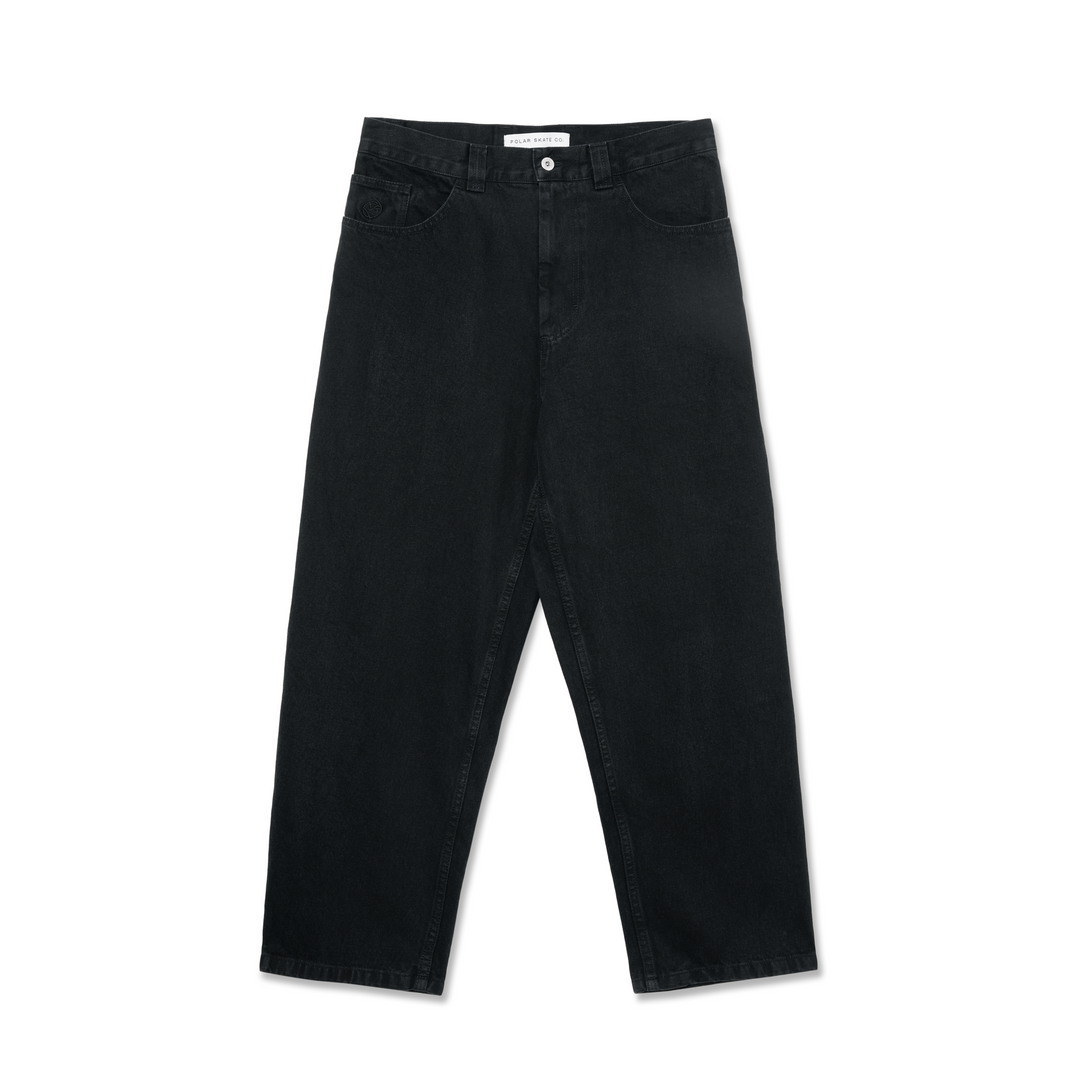CRUDE is based in Portugal and one of the newer artists who work with Polar. He talks about what inspires him, personal side projects and his approach when it comes to create new artworks.
Hey Crude! Let’s go with some basic questions first: Where are you from and based and what’s your skateboarding background.
I grew up in the area around Porto and also started skating there in my early teenage years. I would skate a lot, but also was into graffiti and music. Eventually, as everyone got older, moved out of the country, started jobs or families, I also started skating less and paying more attention to my art and other projects.
I remember visiting Porto in late 2021 and somehow it felt like, and also some locals told me afterwards, a kind of “golden” time.
For sure! There had been lots of energy around that time in Porto and the area around it. Me and my friends had a crew and worked on a little local brand. Pontus moved here just a year before or so and brought lots of energy with him. It was the kind of push that helped to create events and get things to another level.
To me it’s more about using the cheaper supply and get the most out of it.
So how did you ending up doing stuff for Polar later?
I remember I first met Pontus at an exhibition of my friend Francisco and got into a general talk with him about art and other stuff. It might be a fun fact that at first I didn’t know who he was. I mean I did know the name, but I didn’t have a face in mind. We sorted that out later, haha! Then some months or maybe a year later he talked to me again and said he’d been into the stuff on my Instagram and that he’d be interested in me doing some art for the brand.
What were the first of your artworks which ended up on apparel?
I think it was the dog and the landscape with the goats from the last year’s winter collection.
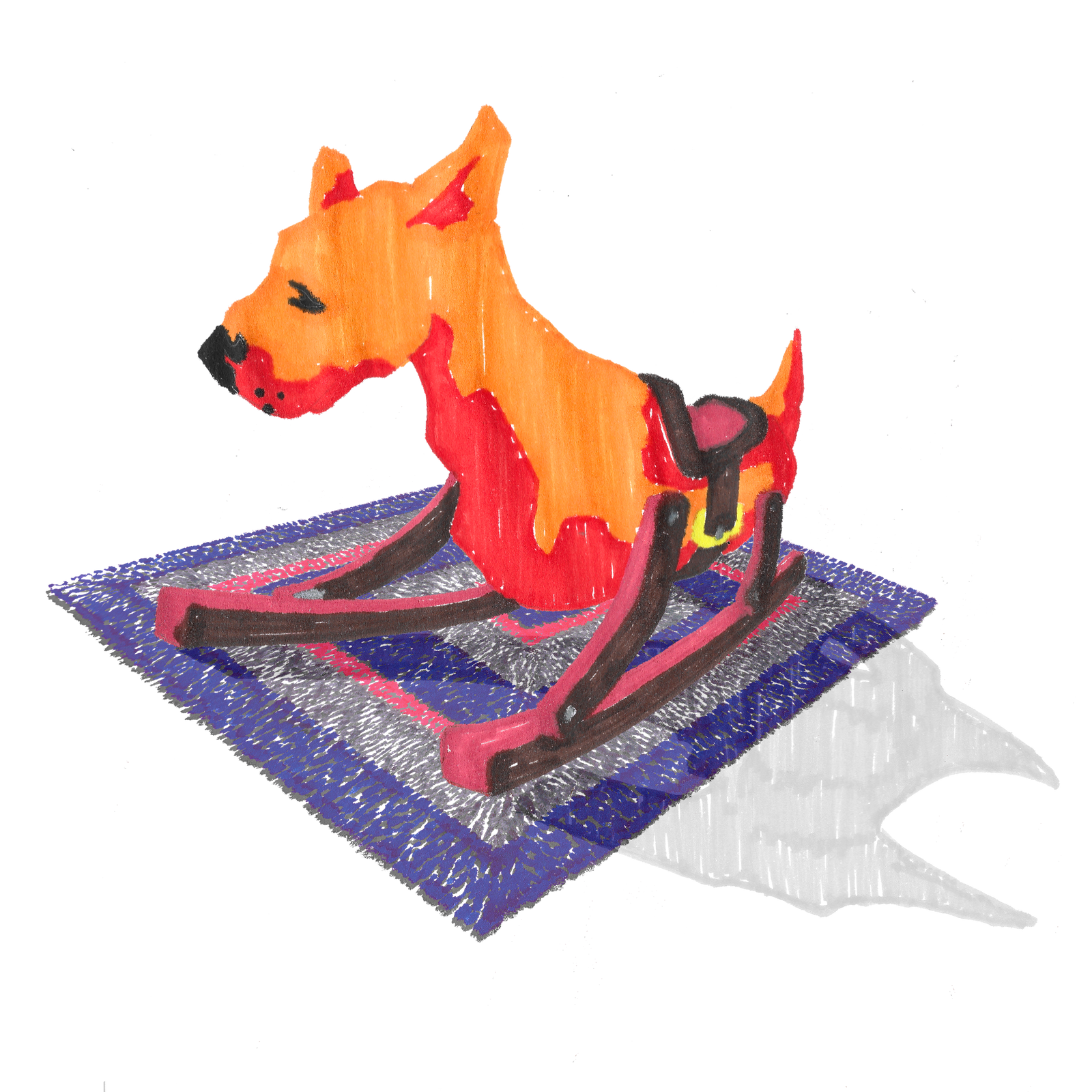
When you look at other stuff from you did before that, it seems like there are some different styles in your portfolio and that it went from more black & white contrast to using more color in the newer projects.
So when I started out I really was into black & white, high contrast and that mix between punk & graffiti styles. The thing is that I can get really bored by repeating myself and doing the same stuff. Over time I’d lose some interest in just doing graffiti because it felt more like a constraint than anything else. So my approach is to take the stuff I feel comfortable with doing and then add other new components with different technics, materials and so on. That’s what drives me and how I keep challenging myself.
Speaking about materials: what kind of stuff are you mostly using?
Since the beginning I’ve always really been into markers. It’s a very prevalent tool in graffiti, so I naturally gravitated towards that. At the time I would always try to get the good expensive stuff but for now I really like using that cheap ones you can buy for maybe 1€ at the store. To me it’s more about using the cheaper supply and get the most out of it. I like that thought. If you look at that goat landscape artwork we just talked about: I drew that one on a napkin. I like the thought of using my skills on the stuff I have instead of always having the best supply. It’s more of a way to not having to rely solely on the quality of the materials and to put my ideas and technics to the test. At the same time, it opens the door to new textures and possibilities that you wouldn’t get with supplies of greater quality.
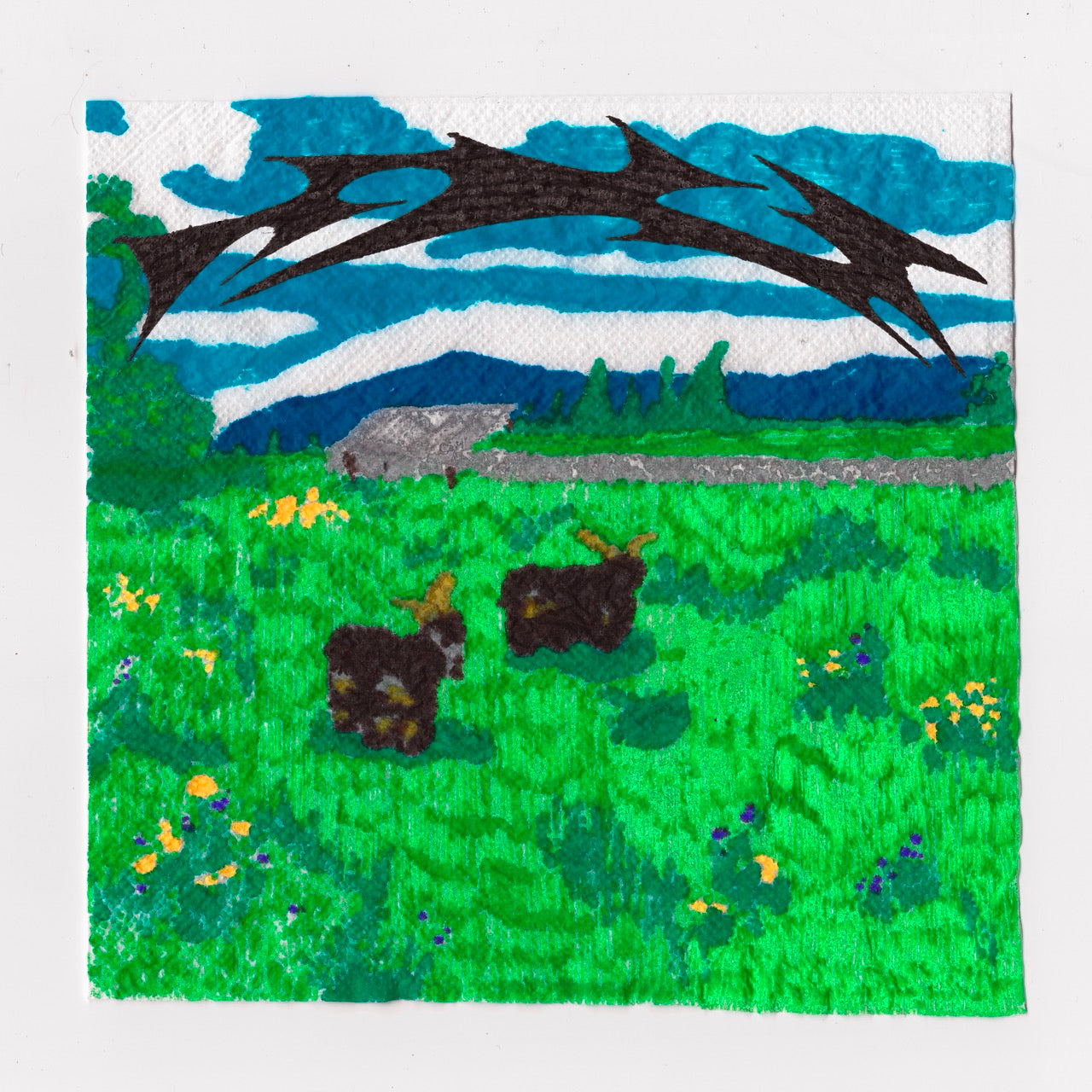
What would you point out as your main sources of inspiration?
I’ve been into different cultures and scenes from a really young age. I would say visually, I would take notice of tags and graffiti around my area. Later as I developed my interest in music, I started looking at flyers or album covers mainly from the hardcore and powerviolence scenes. They’d use that mix between punk, goth & graffiti styles, mostly in black & white with high contrast. So if you look at my first works you definitely can see the influence.
Is there a certain album or artist you’d be a fan of or get inspired by?
As early references I always point out Raymond Pettibon for all the work he did for Black Flag, Sonic Youth and more punk bands in the early 80s. Also the work of Rohan Harrison for the Australian band Extortion had a big impact on me growing up. Recently is harder to pinpoint specific references due to them being a bit scattered across different styles and scenes.
You do vocals in a band project, right?
Yeah it’s called Borf. I would say we fall into the hardcore genre but neither of us is really concerned with pinpointing a specific sound. We all have different references and I think we get an interesting mix out of it. Also everyone in the band is proficient with their instruments so when we are making a song, we don’t think about: “We need this amount of verses, then a bridge, than a chorus” or whatever. Usually we go by feeling and see what parts go well with each other and hopefully at the end we come up with something that sounds good. We really can and want to try different kind of stuff with what we are doing, which in a way, kind of mirrors what I try to do with my personal work.
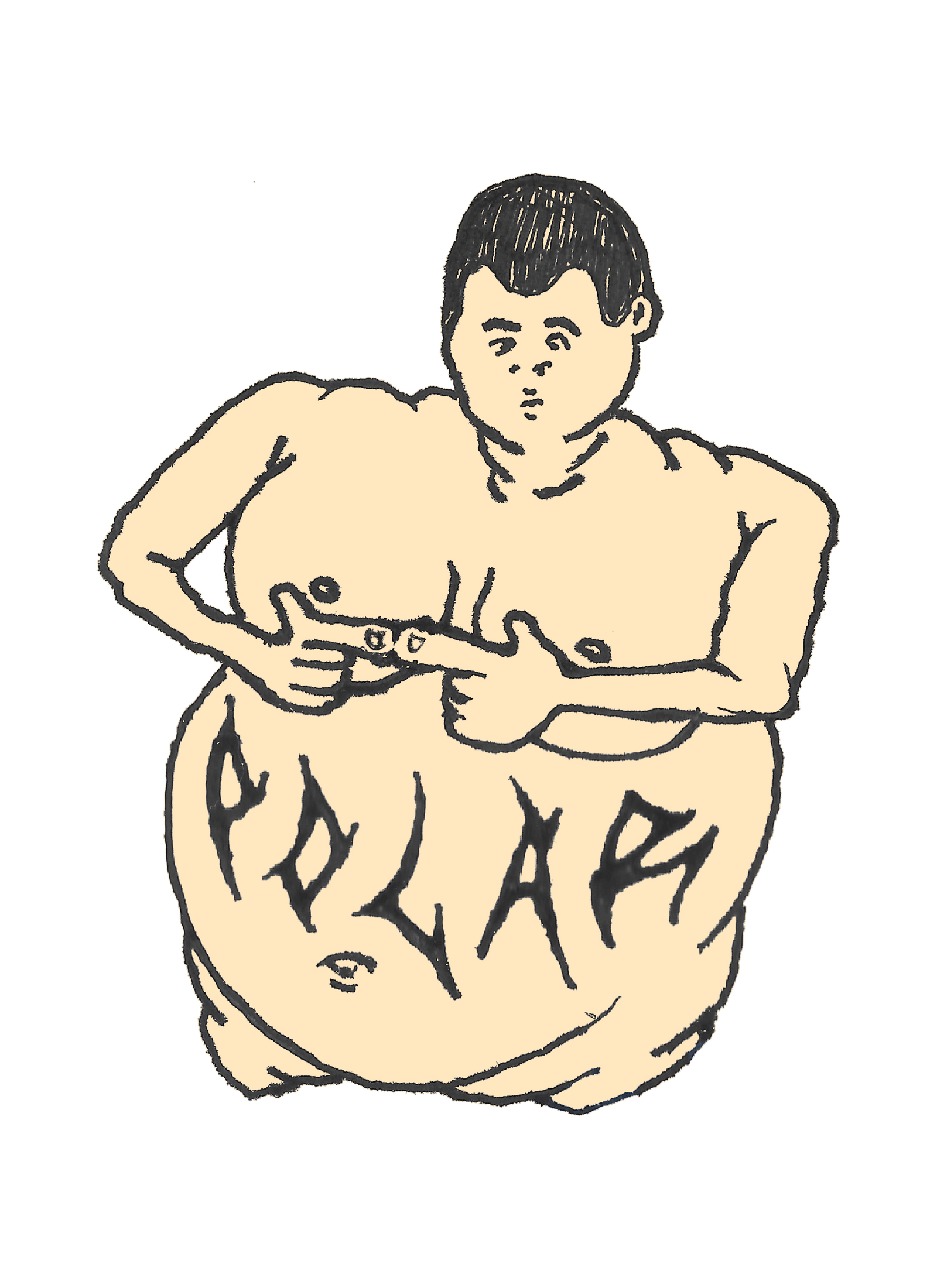
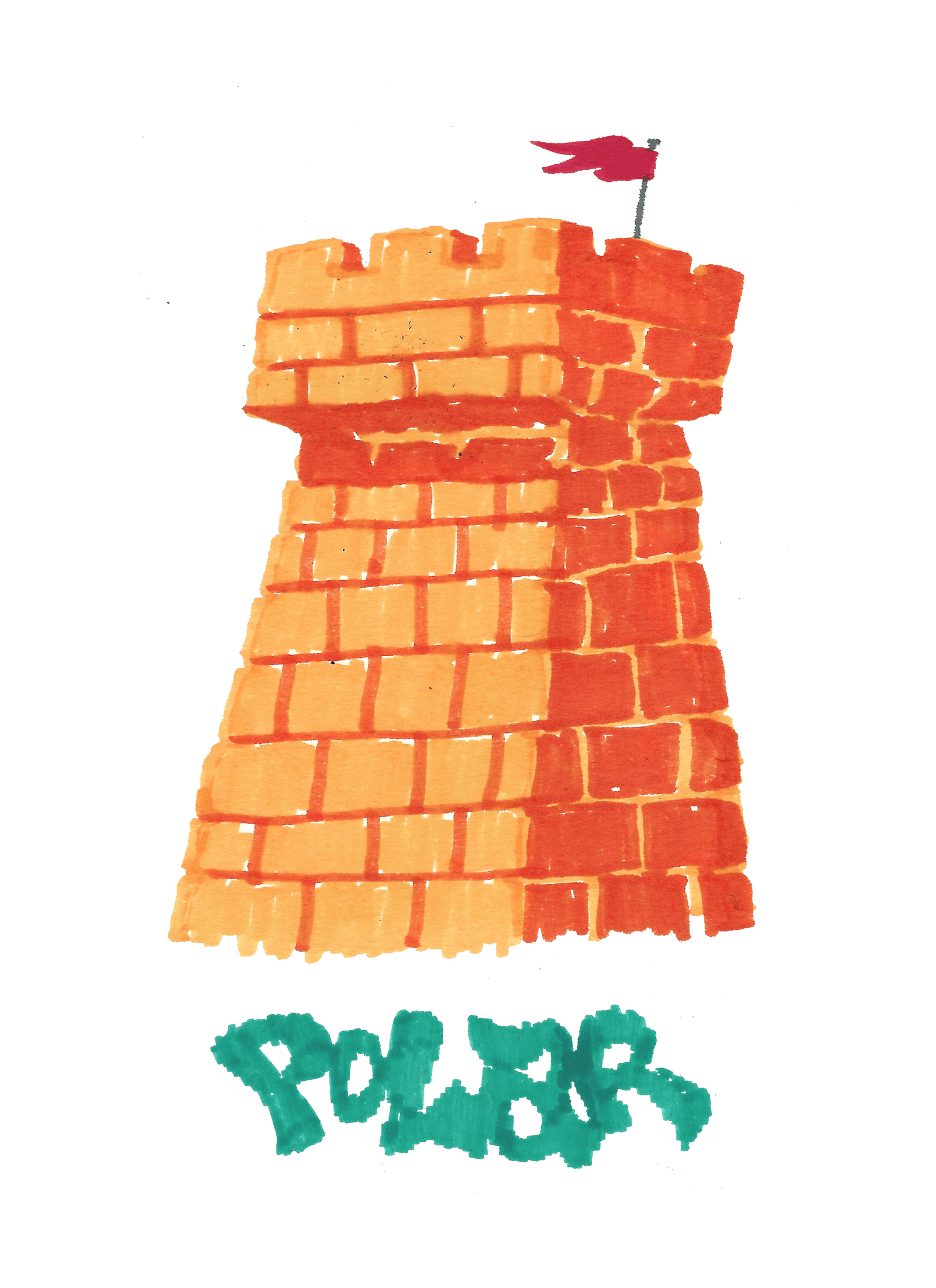
So as doing art and music both requires, let’s maybe say a lot of creative battery. How do you manage to not burn out and stay creative?
I think for me it really is about not repeating myself again and again in creative aspects. At the same time, I try to work on other areas that don’t require so much creative energy so as to not get tired. But it’s not like running out of creativity doesn’t happen to me. I can remember the time when I was working for mostly commercial brands where you have tons of moodboards and input and just have to deliver styles they want, prepare dozens of options and the brand would just choose one or two and the rest of the work would just sit in a computer somewhere. This kind of working routine made me crazy and uncreative at times. So right now I’m glad I can show my work and vision in way more free projects that help me figure out a way to stay creative and balanced.
